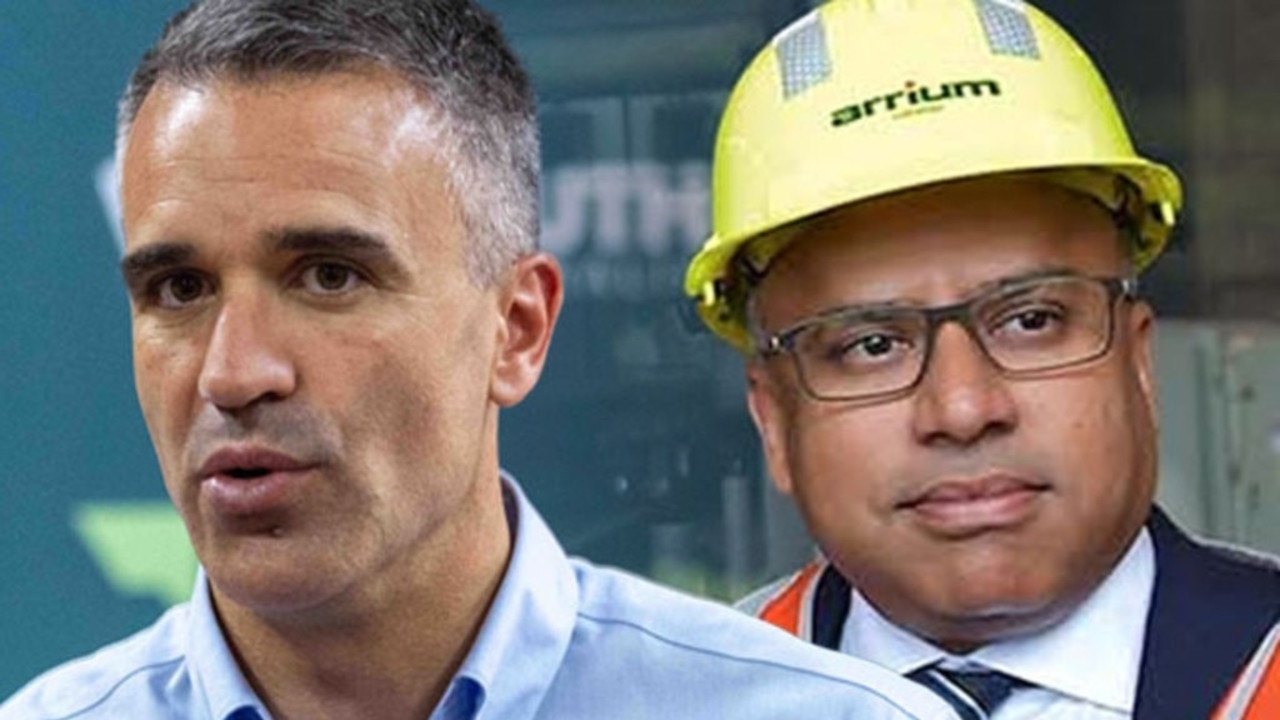‘Nobody bloody owns the customer’: Polestar boss tees off about the $2.2 trillion battle for the dashboard
General Motors ditched Apple and Google from many of its EVs in the multi-trillion dollar fight to control the dashboard. But Polestar’s CEO can’t see what the fuss is about.
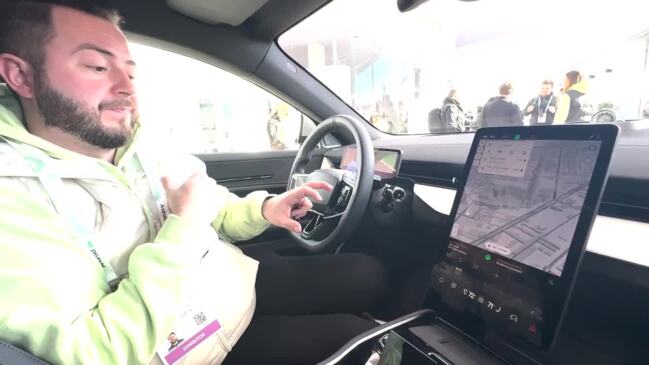
Business
Don't miss out on the headlines from Business. Followed categories will be added to My News.
Thomas Ingenlath – the affable German in charge of Swedish EV brand Polestar – bristles at the mention of the $US1.5 trillion ($2.2 trillion) fight between automakers and tech giants for the last unconquered screen: your car dashboard.
The battle centres on digital subscription services. General Motors even ditched Google Apple and Google from many of its new electric vehicle models last year in favour of developing its own software, so it could generate more revenue from drivers.
There are billions of dollars at stake, with some market analysts expecting digital service revenues could hit $US1.5 trillion globally by 2030.
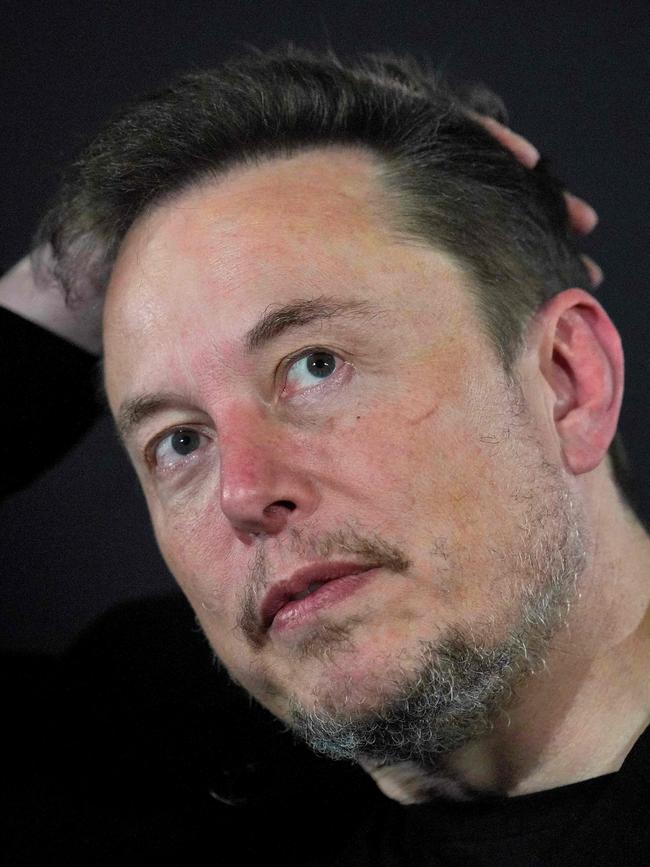
Tesla boss Elon Musk said “technically we could sell for zero profit for now and then yield actually tremendous economics in the future through autonomy” and other subscription services.
But Ingenlath – who describes Musk as a “special extrovert character” – can’t see what all the fuss is about.
“This question about how much you can share and who has the benefit from this … almost always culminates in the question ‘who owns the customer’. Always. But nobody bloody owns the customer,” Ingenlath tells The Weekend Australian.
“The customer owns the car. We don’t own it. We serve the customer and we serve the customer together with Google the best experience.”
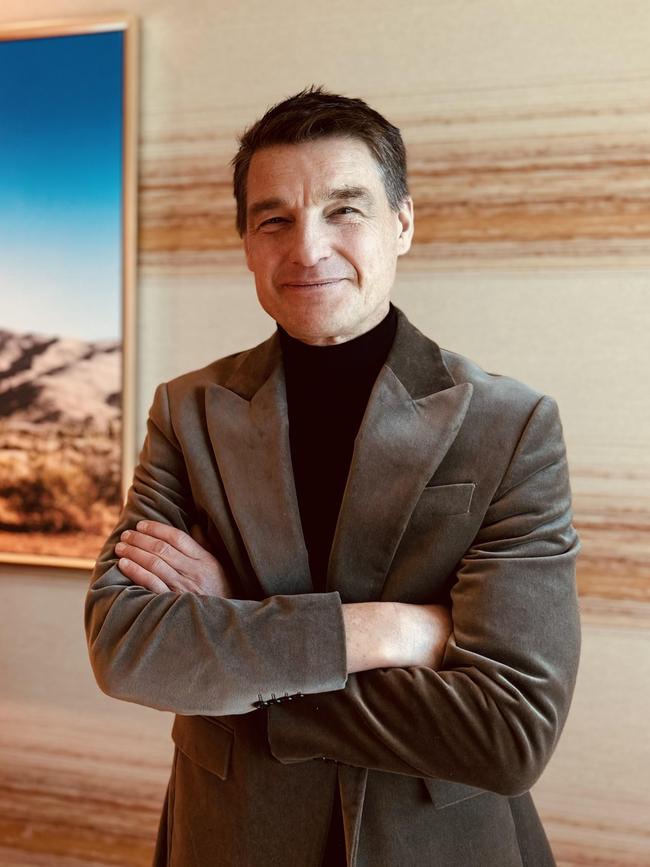
Indeed, automakers have a patchy track record when building their own infotainment systems, given the upgrade cycles lag the tech titans who release new phones every year, backed by myriad software updates annually. Drivers have often complained about car manufacturers’ proprietary systems being clunky and less intuitive than the experience they can get on their iPhone or Android device.
This has become more important as a car no longer becomes a place to travel from A to B. It’s becoming almost like a lounge room, with big shiny screens that can display anything from Google Maps to Netflix, while at a click of a button you can control your home appliances such as airconditioning units and washing machines.
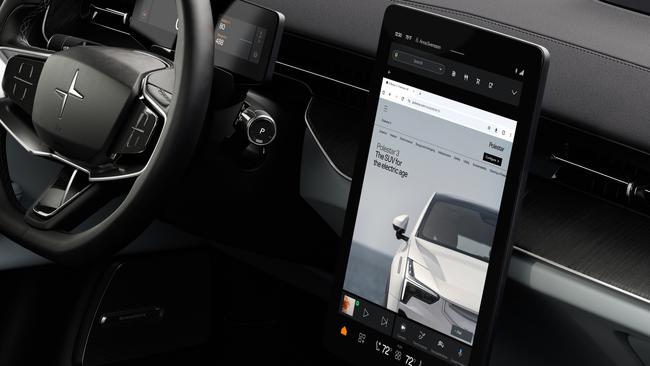
“It’s such a meaningful part of the car life,” Ingenlath says.
“I mean, let’s face it, for us it’s very important how an electric car feels and drives. That’s definitely a very physical experience.
“The other part is very much the entertainment of the car. I mean, where do you have the time to listen to music, to enjoy a comfortable and great working navigation (system)? That makes a big part of the car experience.”
The changing nature of motoring was on full display this week at CES, the world’s biggest consumer electronics trade show, in Las Vegas. BMW, Mercedes and Volkswagen showing off their latest tech. Meanwhile Hisense and LG unveiled futuristic looking concepts for its auto customers – including wide curved dashboard screens and cameras that could scan shops as you drove past to help you find the perfect item.
“We don’t want to compete with Google,” Ingenlath says.
“What Google is interested in is totally different to what we want to achieve in the future.
“And what we do here at CES is to actually show the next meaningful features that have come out of this partnership.”
That’s not to say that Polestar is not eyeing growing its revenue via selling digital subscription services. After all this would make it an outlier to Mercedes-Benz, for example, which expects to generate $US1.2bn in profit from digital services by 2025. Meanwhile, US-based automakers Ford and General Motors expect to reap $US20bn and $US25bm respectively in revenue from subscription and software services by 2030.
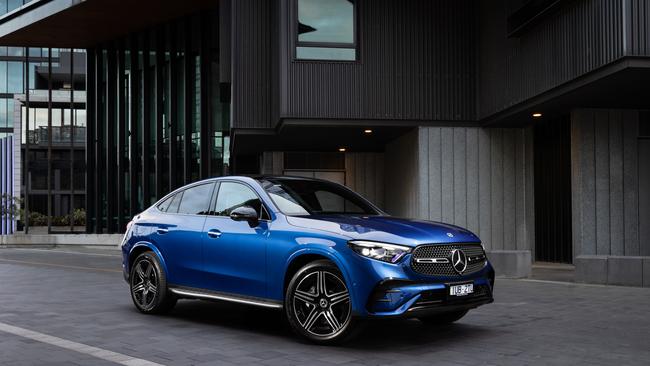
“We offer companies features that they don’t buy once. But this is not in competition with Google,” Ingenlath says.
“There’s other stuff. For example, the connectivity. We pay for the connectivity. That’s not Google. We actually provide the customer access to charging. We provide to the customer access to certain not only physical but digital capabilities of the car.
“For example, in the future when you use a battery electric car as a virtual power plant. I’m interested in having that new business as part of our economy. But that’s not what Google is interested in.”
At CES, Polestar announced Google would be built into its cars – meaning people wouldn’t have to pair their phones to view the tech giant’s navigation, smart device voice control and other apps. This includes the ability for users to plan trips on Google Maps on their Android or iOS device and send the planned route to Google Maps built into their Polestar 2.
The partnership also included launching Google’s Chrome browser in beta, allowing drivers to search the internet but only while parked.

“The feedback from our customers is absolutely a success story,” Ingenlath says. “Apple CarPlay means a similar thing to us. We are very curious and interested and we do offer it to our customers as well because they have different preferences, different opinions, and we cater for both tastes.”
Ingenlath is not alone in talking up Polestar’s partnership with Google. Aston Martin announced late last month that it would develop a “bespoke infotainment system” in with Apple.
“At Aston Martin we strive for excellence and performance, and this was the key reason we chose to partner with Apple on the next generation of CarPlay,” Aston Martin global chief brand and commercial officer Marco Mattiacci said.
“The integration of the latest state-of-the-art technology combined with a bespoke intuitive interface is paramount to creating the ultimate Aston Martin customer experience. We look forward to sharing more as we work together with Apple to bring the next generation of CarPlay to Aston Martins in 2024.”
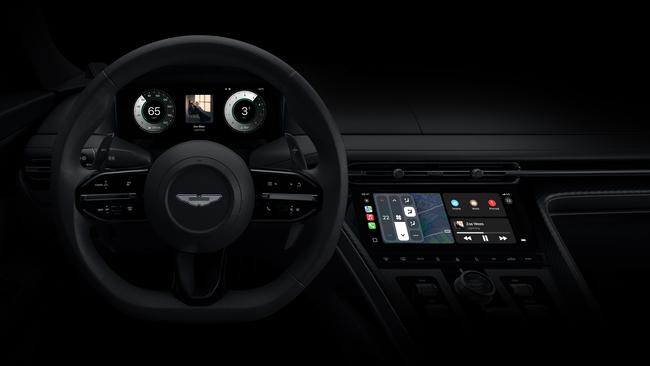
The Aston Martin partnership came after Apple teamed up with Mercedes-Benz to offer Spatial Audio with Dolby Atmos from Apple Music natively in vehicles for the first time.
“Our collaborations with Apple Music and Universal Music Group are truly unparalleled and set a new benchmark by adding music content and platform expertise to our Dolby Atmos-capable Burmester sound system,” Mercedes-Benz Group chairman Ola Källenius said.
“Through this exceptional partnership, we are giving our customers the extraordinary in-car audio experience they expect from Mercedes-Benz. Both Apple and UMG share our vision and values and, together with Dolby, we will create a seamless and unique experience for our customers.”
*The author travelled to CES as a guest of Hisense.
Originally published as ‘Nobody bloody owns the customer’: Polestar boss tees off about the $2.2 trillion battle for the dashboard


